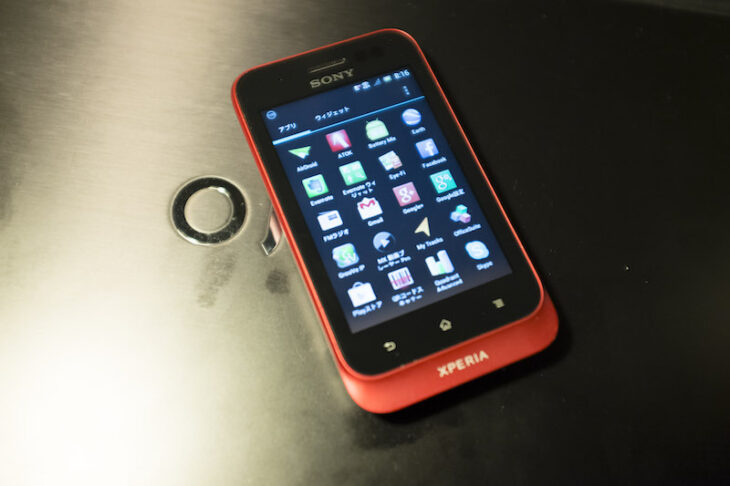Podcast: Play in new window | Embed
Scott asked: I have an Android Phone and sometimes the phone will fill up with apps so I start delete apps. But as soon as I delete them, it keeps getting fuller and fuller. What’s going on? Eventually I just reset my phone and start over.
Scott, are you sure it’s actually filling up with apps and not something else?
Android will let you see what’s actually using up your storage space under Settings and Storage. It may actually be apps, just like you think, but you may be filling your phone with pictures, songs, or other media.
If it is your apps, they may just be storing data that you don’t know they’re keeping. Developers are technically supposed to keep their storage use in check, and cache files more than store them whenever possible. Meaning that if something will only be used for a short time, or if it will only be used to increase efficiency, it should be deleted when it’s not needed or when storage space is running short.
The problem is that the “don’t hog resources” rule, is mainly a “best practice” more than an actual enforced law, so unless the app is using an extreme amount of storage space, Google tends to give it the benefit of the doubt.
The problem is that the “don’t hog resources” rule, is mainly a “best practice” more than an actual enforced law
Restoring the phone would take care of that problem, but it’s a little bit like firebombing a village to make room for a fire hydrant, it gets the job done, but the side effects of restoring and having to get all your things back the way you like them is more than a little annoying.
You could go through you list of apps and check the ones you suspect of using too much storage space, Android will let you see the size of their caches, you may be able to get rid of the problem by just uninstalling and reinstalling those apps, or clearing their caches, rather than to have to deal with doing a full clean restore of the phone.
It would be very unusual if apps were taking up most of the memory on your phone, unless your phone happened to have very little memory indeed. We’ve seen a lot of smartphones run out of storage, but 999 times out of 1000, it’s caused by pictures, videos, or music.


